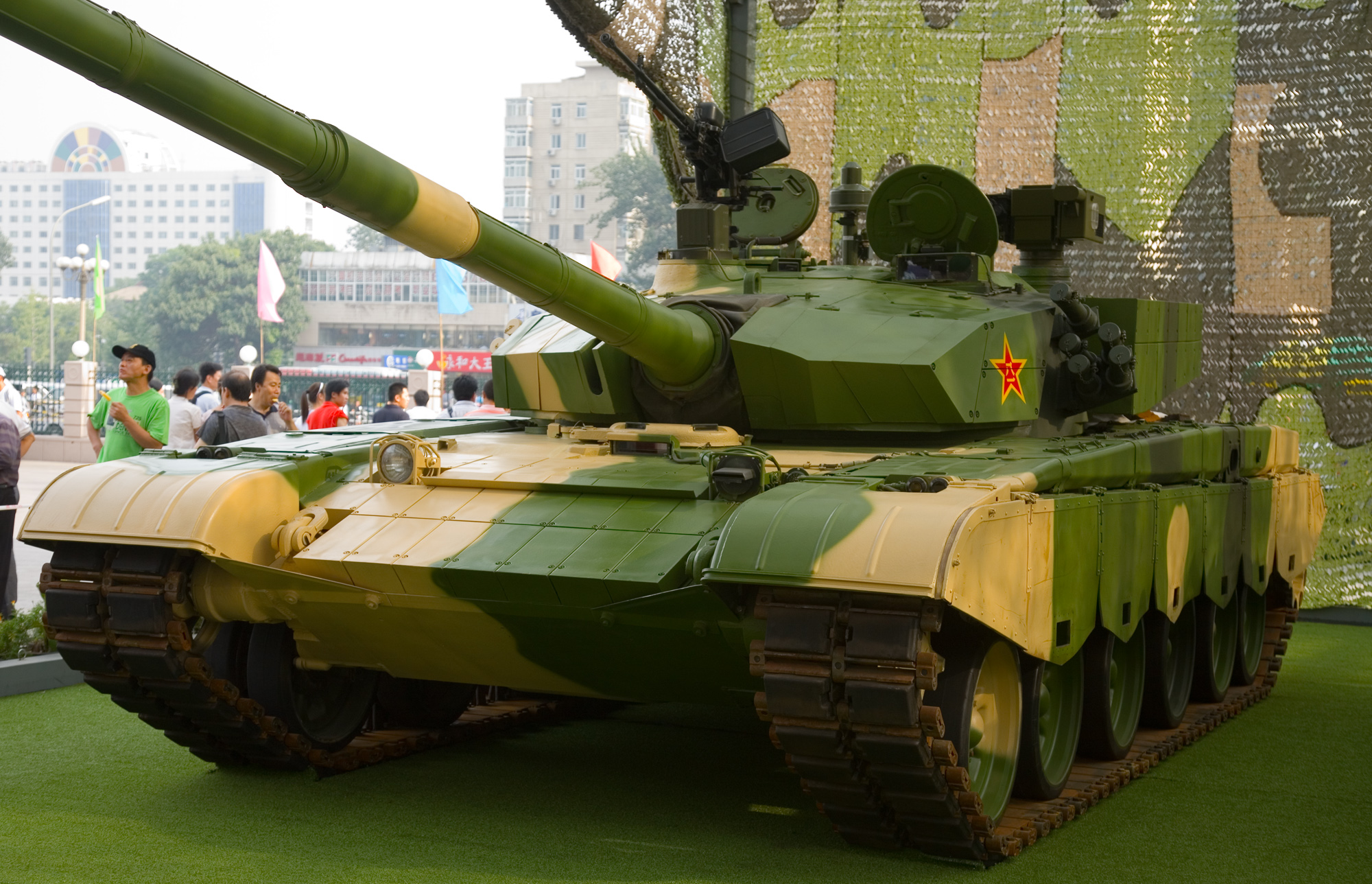The M-1 production which ended in 2005 but it is now going to restart building the new M-1A3 which will be in service all the way to 2050. The US Army is going to fully upgarde the M-1A2's to A3 Standard.
Here's the Army Times Article: By Kris Osborn
The Army is reversing earlier plans to retire M1A2 Abrams tanks and now plans to upgrade the 70-ton battlefield behemoths, making them more lethal, better protected, more networked — and able to serve through 2050.
In 1998, the Army had all but written off the tank, which cannot go over most bridges and is too heavy to deploy quickly and expediently by air.
“We were going to stop producing Abrams in 2005. The line was supposed to go cold,” an official with the Army’s Training and Doctrine Command said.
But the Abrams’ thick skin proved valuable during the Iraq insurgency, fending off enemy rounds, rocket-propelled grenades and roadside bombs that crippled lighter vehicles. To prepare the tank for its next decades, the Army is planning improvements.
“If you are going to keep it, the status quo won’t do,” said Rickey Smith, who directs the Capabilities Integration Center Forward at TraDoc.
Early versions of an “M1A3” capabilities development document have traveled from the Armor Center at Fort Knox, Ky., to TraDoc at Fort Monroe, Va., and will soon go to the Pentagon. At this point, the ideas in the document are considered preliminary and not yet official.
The Army intends its 60-tank Heavy Brigade Combat Teams to work with the Future Brigade Combat Teams that will come on line in 2015, as Future Combat Systems vehicles arrive.
“We will have to be compatible with FCS. When FCS comes in, we are going to have a fleet of Abrams, Bradleys and FCS armored vehicles. The critical thing is to get a communications package so they can talk to each other,” said Pete McVey, vice president of Abrams and derivative programs, General Dynamics Land Systems.
Preliminary work is underway on a more-networked Abrams.
“We are working on an integrated computer system. Whatever you do, there is a requirement for integrated engineering,” the effort to build digitized and networked vehicles, Smith said.
Workers in Warren, Mich., are equipping several tanks for tests, giving them B-kits containing FCS-compatible software, computers and communications gear.
The capabilities description document calls for:
• Lower logistical costs.
• Potentially replacing the M256 smoothbore cannon with the lightweight 120mm cannon being tested for FCS. This could allow an autoloader to lift the burden of the tank’s four-man crew.
• Improved propulsion system, road wheels and suspension.
• A track that can go 5,000 miles between replacements. FCS officials are testing new track ideas at Aberdeen Proving Ground, Md., including band tracks composed entirely or partly of rubbery material.
• Lighter armor and other components to reduce the tank’s weight, making it more mobile with an improved suspension.
For example, a look at the cabling in the tank shows that if fiber-optic cable was used, 1 1/2 tons can be taken off the weight, McVey said.
• Precision munitions that can hit targets 12 kilometers away. Picatinny Arsenal in New Jersey, which aims to field its Mid-Range-Munition precision round by 2012, is testing two candidates: ATK’s millimeter-wave, kinetic energy round and Raytheon’s round with an infrared camera and laser detector.


